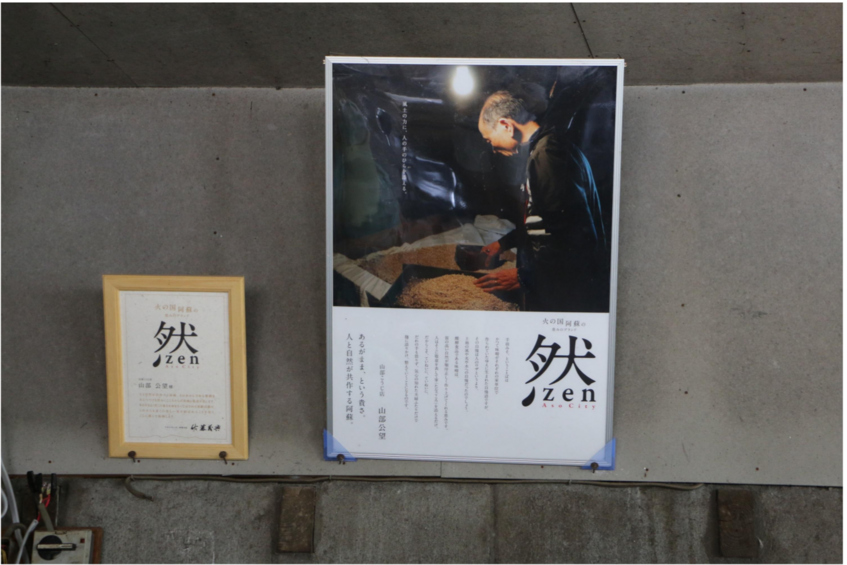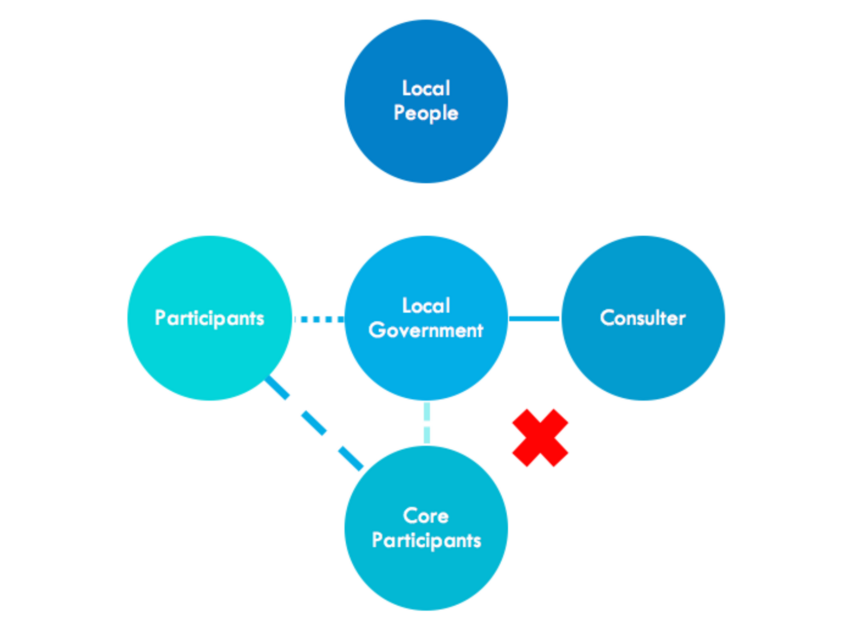Regional Branding in Rural Japan
by Signy Spletzer (University of Vienna / Kumamoto University)
Abstract
60 years of regional promotion by special legislation (Feldhoff 2013), administrative decentralization (Rausch 2008) or municipal consolidation (Kohara 2007) have failed to overcome the structural disadvantages of the rural periphery in Japan. Regional branding has recently become a growing trend to promote and revitalize rural areas. In the Aso region, the initiative Zen was designed to have a positive influence on the local community and tourism. However, internal problems and conflicts between the stakeholders have shown negative impact on the initiative that might push revitalization efforts by means of regional branding to its limits.
Research Questions
- How does the initiative work?
- Who are the stakeholders and what are their positions?
- What kinds of internal conflicts can be identified? And what has been done to overcome them?
Case Study: The Initiative Zen
The initiative Zen, taken from the word shizen meaning “nature” and hinting at the rich nature of the region, was inaugurated by the local government of Aso City in 2013. As a so-called “citizenbrand” (shiminburando), Zen represents the region not only through references to local nature and products but mainly through its inhabitants. The initiative consists of 185 participants (September 2017) and costs approximately 20 mill Yen p.a.
Methods and Data
- Field work February and July - September in 2017 in Aso
- Semi-structured interviews with 21 participants of the initiative
- Zen; 1 person, who refused to become a participant; town office representative; consulting firm representative
- Narrative interviews with local inhabitants; staff of Aso design Center; participants at rural revitalization events
- Participant observation
Stakeholders
Consulting Firm:
- advertising agency from Tokyo
- 1-year contracts with local government
- planning of meetings & events
- claims “no financial gain –working for the people”
Local Government:
- Economic Department Tourism Section
- goal: Strengthening self-esteem of locals, but mostly to bring more tourists to Aso
- carries the financial costs
- expensive and high expectations -initiative must not fail
Core Participants:
- very active at the beginning
- goal: chance to promote Aso
- blocked by consulter
- negative feelings towards consulter
- cooperation with local government –as long as not concerned with Zen
Participants:
- no real involvement
- goal unclear
- little or no influence on business or social life
Points of Conflict
- Missing goal: Every stake holder aims for a different goal.
- Power relations: Active engagement by the participants was undermined by consulter. Core participants feel deceived by the consulter.
- Finances: Initiative is partly payed by tax money and there is no understanding about what expenses should be covered by local government or not (e.g. sticker with Zen logo for products).
- Local conditions: The city of Aso was established 2005 through merging the former town of Aso with Ichinomiya and Namino – local identification in those towns and villages is still strong.
- No results until now: Posters, booklets and the homepage are the only visible outcome until now. Zen has no impact on business or social life of most participants.
References
- Feldhoff, Thomas. 2013. “Shrinking communities in Japan: Community ownership of assets as a development potential for rural Japan“, URBAN DESIGN International 18, 99-109.
- Kohara, Takaharu. 2007. “The great Heisei consolidation: A critical review”, Social Science Japan 37, 7-11.
- Rausch, Anthony. 2008. “Japanese rural revitalization: The reality and potential of cultural commodities as local brands“, Volker Elis and Ralph Lützeler(ed): Japanstudien20 (special issue on Regionalentwicklungund regionaleDisparitäten), München: Iudicium, 223-245


